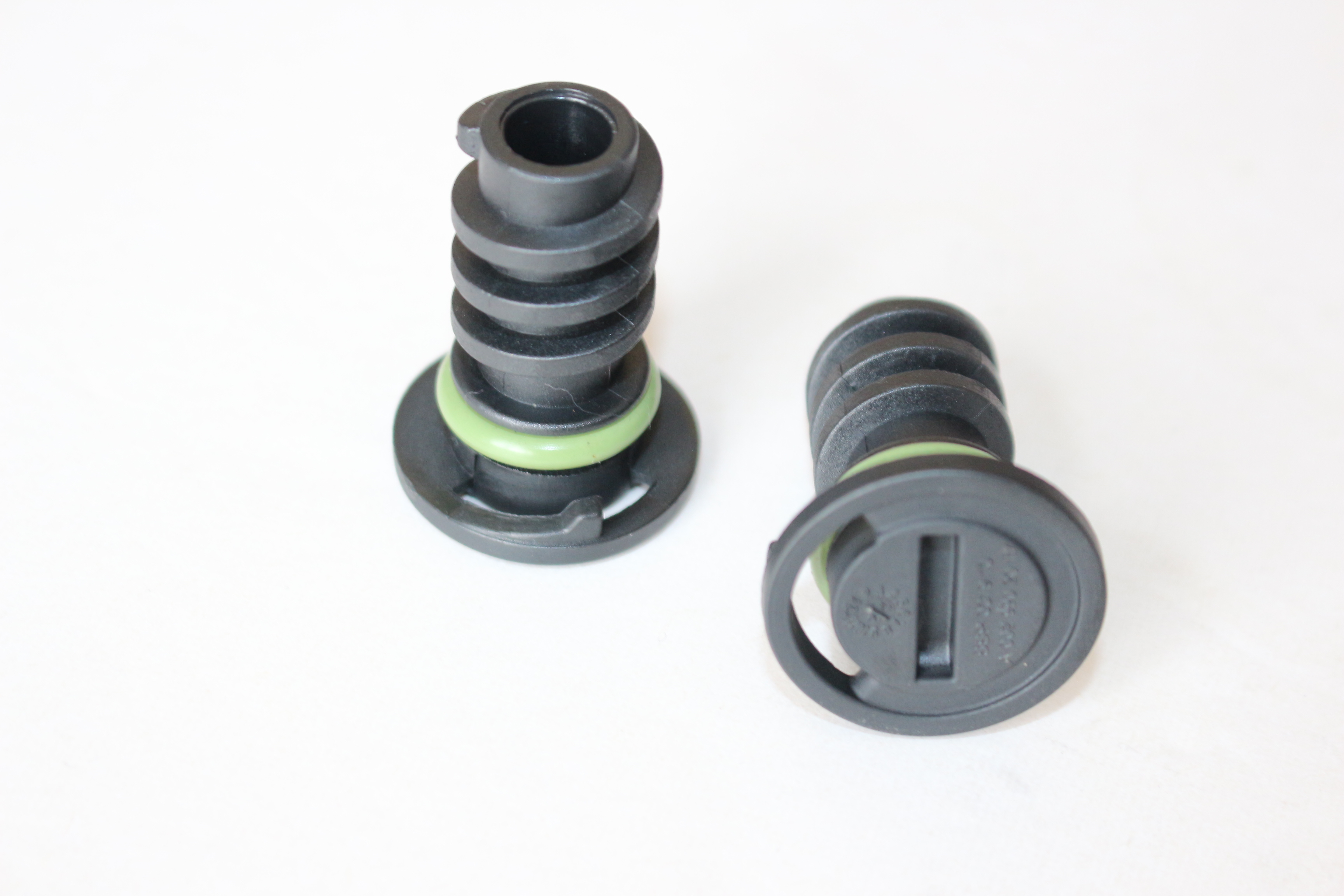Understanding the Benefits and Applications of Flat Gaskets in Various Industries
Understanding Flat Gaskets A Key Component in Sealing Technology
Flat gaskets are essential components widely used in various industries, including automotive, aerospace, plumbing, and manufacturing. Their primary function is to provide a reliable seal between two mating surfaces, preventing leaks of fluids or gases during operations. While they may appear simple in design, flat gaskets are integral to ensuring the efficiency and safety of countless applications.
The Basics of Flat Gaskets
A flat gasket is typically made from diverse materials, including rubber, cork, silicone, paper, and metals, each chosen for its specific properties and suitability for particular environments. The thickness, size, and material composition of a flat gasket can vary significantly based on the application’s requirements, such as temperature, pressure, and the nature of the fluids or gases involved.
The simplest form of a flat gasket is a flat piece of material that fits precisely between two surfaces. When compressed, the gasket fills any irregularities on the surfaces, creating a barrier that prevents leaks. The effectiveness of the seal depends significantly on factors like material choice, thickness, and the amount of compression applied.
Types of Materials Used for Flat Gaskets
1. Rubber Gaskets Commonly used in applications where flexibility and resilience are important. Rubber gaskets can withstand various temperatures and provide excellent sealing capability against water and some chemicals.
2. Cork Gaskets Typically used for applications requiring compressibility and shock absorption. Cork gaskets are often found in automotive engines, where they can handle oil and fuel exposure.
3. Metal Gaskets Often used in high-temperature and high-pressure environments, metal gaskets provide a robust and permanent seal. They are commonly used in applications involving exhaust systems and high-performance engines.
flat gasket

4. Graphite Gaskets Known for their thermal resistance and chemical inertness, graphite gaskets are suitable for extreme conditions, making them popular in industrial applications.
5. Fiber Gaskets Typically made from a combination of materials, fiber gaskets can offer a balance between performance and cost. They are versatile and widely used in various machinery and engines.
Applications of Flat Gaskets
Flat gaskets are ubiquitous in machinery and equipment. They are critical in engines, where they are used to seal components like cylinder heads and oil pans. In plumbing systems, flat gaskets are used to seal joints, preventing leaks that could lead to water damage and increased utility bills.
In the food industry, flat gaskets made from materials that meet sanitary standards are used to ensure that no contaminants leak into food products. The chemical industry also relies heavily on flat gaskets to prevent hazardous substances from leaking, thereby protecting both workers and the environment.
Importance of Proper Installation
The effectiveness of flat gaskets largely depends on proper installation. Incorrectly installed gaskets can result in leaks, leading to potentially dangerous situations and costly downtime. Therefore, it's crucial to follow manufacturer guidelines when installing flat gaskets, ensuring the surfaces are clean, dry, and free from any defects.
Conclusion
Flat gaskets may seem minor in the grand scheme of engineering and manufacturing. Still, their role in providing reliable seals cannot be understated. Understanding the various types of materials and their applications can aid engineers and technicians in selecting the appropriate flat gasket for their specific needs. By recognizing the importance of proper installation and material selection, industries can enhance the performance and safety of their equipment, ultimately driving efficiency and productivity. As technology advances, the materials and designs of flat gaskets will continue to evolve, further improving their effectiveness in sealing applications across industries.
-
The Ultimate Guide to Car Repair Kits: Tools and Essentials Every Driver Should Own
News Aug.01,2025
-
The Complete Guide to Oil Pan Gaskets: Sealing Engine Leaks the Right Way
News Aug.01,2025
-
Preventing Oil Leaks: A Complete Guide to Oil Pan Gaskets and Drain Seals
News Aug.01,2025
-
Everything You Need to Know About Oil Pan Gaskets and Drain Plug Seals
News Aug.01,2025
-
Essential for Car Owners: How to Use a Car Repair Kit to Deal with Minor Breakdown
News Aug.01,2025
-
Comprehensive Guide to Engine Oil Sump Gaskets and Related Seals
News Aug.01,2025
-
The Ultimate Guide to Boat Propeller Bearings and Trailer Wheel Bearings
News Jul.31,2025
Products categories















